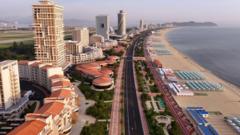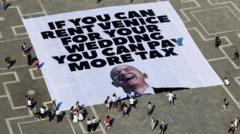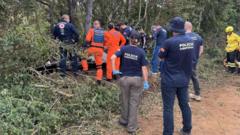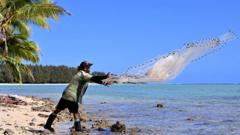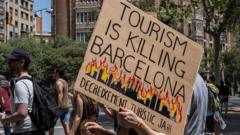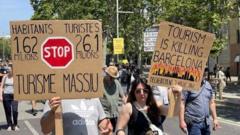Venice has implemented an entrance fee aimed at reducing transient tourism, raising the number of chargeable days and imposing higher fees for late arrivals.
Venice Reimposes Entrance Fee to Combat Day Tourism Crisis

Venice Reimposes Entrance Fee to Combat Day Tourism Crisis
To curb the influx of transient visitors, Venice returns to charging entrance fees, seeking a more sustainable tourism approach.
Early Venetians were renowned for their ingenuity in protecting their city from the encroaching sea. Today, however, they face a different kind of challenge: the influx of transient tourists often dubbed "eat and flee." These visitors swarm to famous attractions, such as the Rialto Bridge and St. Mark’s Square, carrying packed meals, leaving behind litter, and failing to contribute significantly to the local economy.
As of Friday, an entrance fee has been reintroduced for visitors, targeting high-traffic days, with the aim of curbing the overwhelming day-trip tourism. This year, the city officials have expanded the entrance fee enforcement to 54 days compared to last year's 30 days. Additionally, a new rule will impose a 10-euro charge for those who wait until the last minute to obtain entry permits, while others will pay a reduced rate of five euros.
The fee, which was initiated last year, is intended to address the "mordi e fuggi" phenomenon, translating to "eat and flee" tourism. This approach aims to underscore the unique and delicate nature of Venice, stressing the importance of respectful tourism. Simone Venturini, the municipal councilor responsible for tourism, emphasized the need for visitors to recognize the city's fragility and contribute positively to its economy rather than simply passing through.
This initiative is part of a broader strategy by Venetian authorities, aimed at preserving the city’s cultural heritage while ensuring a more sustainable tourism model that benefits the local community.


